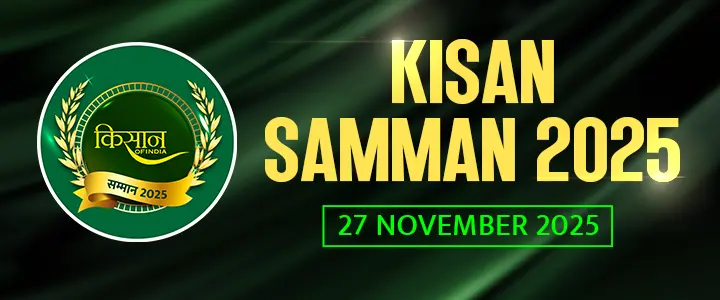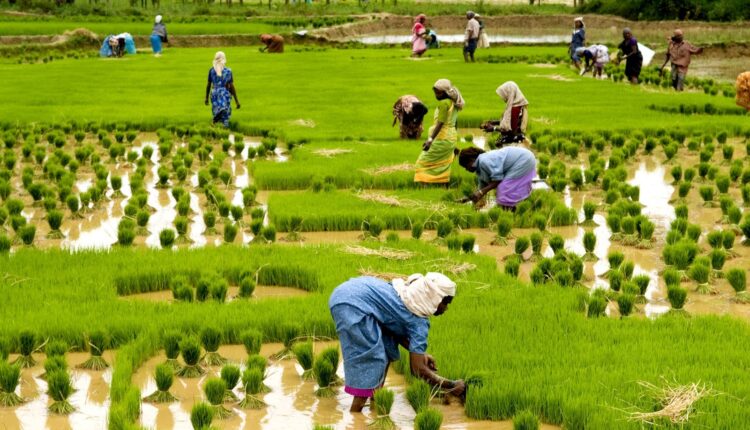Action plan on ill effects of climate change
Relevant ministries regularly assess the impact of climate change on agriculture and other sectors
India has always emphasized that climate change is a global collective action problem and requires international cooperation for its solution. India is party to the United Nations Framework Convention on Climate Change (UNFCCC), and its Kyoto Protocol (KP) and the Paris Agreement (PA).
Climate change action
Reports from various sources, including the Intergovernmental Panel on Climate Change (IPCC), highlight that the challenges they face due to global warming are mainly due to the historical and current cumulative emissions of greenhouse gases from developed countries. India, with more than 17% of the world’s population, has contributed only about 4% of cumulative global greenhouse gas emissions between 1850 and 2019.
Also Read: Why Osmanabadi Goat is considered better for meat production?
Although India is not part of the problem, it is part of the solution and has done far more than its fair share to address climate change. on Climate Change (NAPCC) comprising missions in specific areas of solar energy, energy efficiency, water, sustainable agriculture, health, Himalayan ecosystem, sustainable habitat, green India and strategic knowledge for climate change.
State issues related to climate change
The NAPCC provides a general framework for all climate actions. Thirty four States/Union Territories (UTs) have prepared their State Action Plan on Climate Change (SAPCC) in line with the NAPCC taking into account the specific State issues related to climate change.
India has also proactively taken the lead in promoting international collaborations through the International Solar Alliance and Coalition for Disaster Resilient Infrastructure and has undertaken various programs and activities through these agreements.
Under the terms of the Paris Agreement, Nationally Determined Contributions (NDCs) and the Long-Term Low-Emission Development Strategy (LT-LEDS) are determined by countries themselves and communicated to the UNFCCC. Accordingly, India submitted its updated NDCs on August 26, 2022 and its long-term low-carbon development strategy on November 14, 2022.
Rainfed rice yields in India
Relevant ministries regularly assess the impact of climate change on agriculture and other sectors. Agriculture in India is primarily the locus of adaptation and not mitigation, although mitigation co-benefits may emerge and be used from time to time, depending on context-specific and local circumstances.
The Indian Council of Agricultural Research (ICAR) started a network project, National Innovations in Climate Resilient Agriculture (NICRA) in 2011 to study and address the impact of climate change on Indian agriculture.
According to NICRA studies, rainfed rice yields in India are projected to decline marginally (<2.5%) in 2050 and 2080 and irrigated rice yields by 7% in 2050 and 10% in 2050. 2080 scenarios. Wheat yields are projected to decline by 6-25% in 2100 and maize yields by 18-23%. Climate change is likely to benefit chickpeas with increased productivity (23-54%).
In addition, the Department of Science and Technology is implementing two national missions, namely the National Mission for Himalayan Ecosystem Maintenance and the National Mission on Strategic Knowledge for Climate Change. Under the missions, a number of R&D projects have been supported in climate change studies across India to assess the impact of climate change on sectors such as coastal vulnerability, health, agriculture and water.
Contact us – If farmers want to share any valuable information or experiences related to farming, they can connect with us via phone or whatsapp at 9599273766 or you can write to us at “[email protected]”. Through Kisan of India, we will convey your message to the people, because we believe that if the farmers are advanced then the country is happy.
You can connect with Kisan of India on Facebook, Twitter, and Whatsapp and Subscribe to our YouTube channel.



